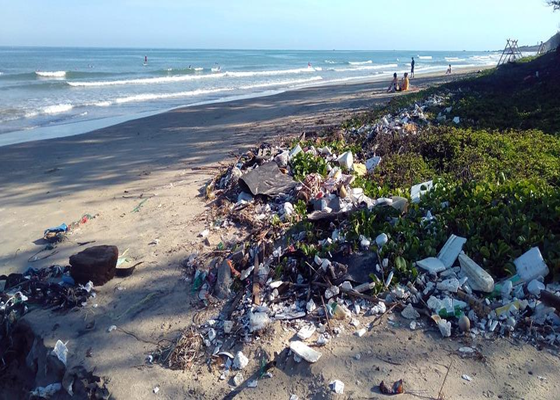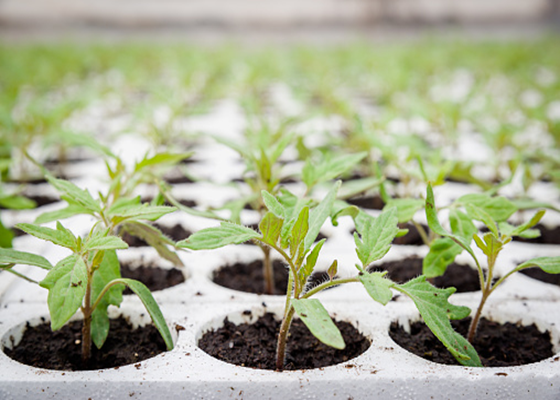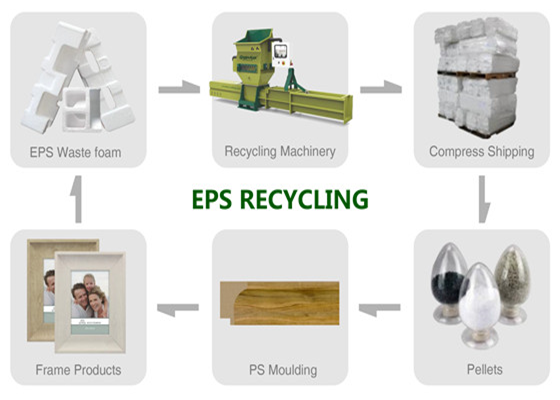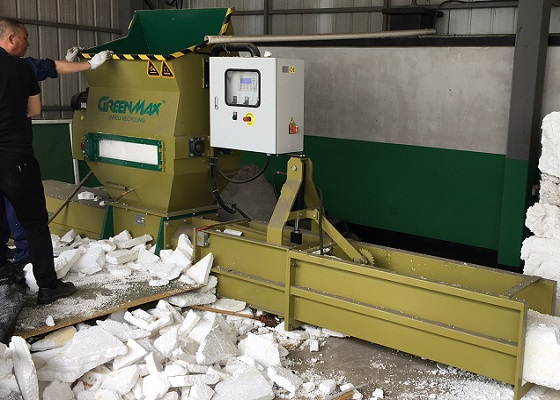GREENMAX styrofoam recycling system enables styrofoam agricultural waste recycling in California

There is no lack of waste Styrofoam plastic in these plastic wastes, including styrofoam trays used to hold meat, fruits and vegetables, and styrofoam seed trays used in the process of raising seedlings. According to the survey data, the waste plastic produced in the agricultural production process accounts for an increase in the proportion of waste plastic in various industries. In addition to the main styrofoam plastic pollution, there are other kinds of plastic, such as agricultural mulch, fruit tree mulch, pesticide containers, etc. Since the 1950s, plastics have been increasingly used in agriculture, especially styrofoam, a material that significantly increases efficiency and yields during plant growth.

Late last year the United Nations Food and Agriculture Organization (FAO) found that 12.5 million tons of plastic products were used in plant and animal production, and another 37.3 million tons were used in food packaging. Waste plastic is considered waste with no recycling value and is directly incinerated and landfilled. This allows microplastics to enter the ecosystem and participate in the cycle, causing incalculable harm to the human body. In addition, plastic is not garbage without recycling value, and the recycling value of styrofoam is increasing day by day.
After a series of professional operations, styrofoam recycled material is applied to new plastic products in the current mainstream market form. Because environmental protection departments and national policies encourage new styrofoam recycling systems, adding 30% recycled materials to new plastic products can protect the environment and increase resource recycling. GREENMAX has continuously updated this green styrofoam recycling system and has derived a system that integrates recycling and utilization.

Firstly, the styrofoam compactor designed and manufactured by GREENMAX is used to compress the huge styrofoam to achieve the purpose of volume reduction. The uncompressed styrofoam is difficult to manage and transport, requiring considerable manpower and financial resources. GREENMAX styrofoam compactor has a compression ratio of 50:1 and has three models with different powers. The compression efficiency is high enough to meet the different needs of customers. The highest compression efficiency can reach 300 kg per hour, and there is no need to worry about excessive waste.
This is just one step in the GREENMAX styrofoam recycling system. GREENMAX repurchases compressed styrofoam for granulation to produce a variety of granules with different properties and appearances and then uses these plastic granules to make environmentally friendly photo frames. All this can be done smoothly thanks to the preprocessing of waste in the early stage of the styrofoam compactor.

At present, the market price of waste styrofoam continues to rise in the United States and other states, and it is in a recycling boom. If you have any questions about the styrofoam compactor or styrofoam recycling system, please feel free to contact GREENMAX, we have the latest information and the most professional experience in the styrofoam recycling industry.
